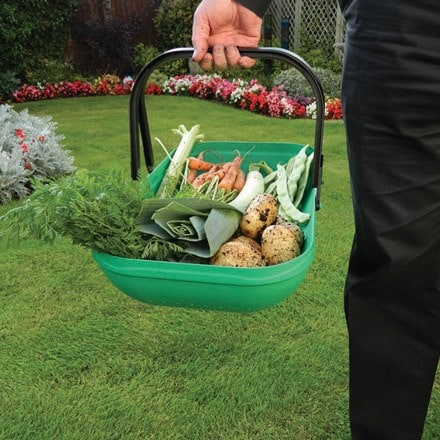garlic 'Rhapsody Wight'
(softneck) bulb - Allium sativum Rhapsody Wight
- 1 × head/bulb
- £5.99
- available to order from summer
- 3 × heads/bulbs
- £15.00 £5.00 each
- available to order from summer
Delivery options
- Bulbs (only) £4.99
- Position: full sun
- Soil: moderately fertile, moist but well-drained soil
- Hardiness: fully hardy
Bursting with purple pride, garlic ‘Rhapsody Wight’ is the earliest softneck cultivated variety ready to harvest. Planted in autumn, this vivid garlic springs forth in a spectacular early summer style with the bulb's brilliant purple streaks and mottling visible as it pushes itself from the earth.
Expect to uncover 5-12 large easy-to-peel cloves tucked within each showy wrapper. Beyond its visual bravado, this garlic tempts the taste buds with a fresh and lively flavour, adding punch and personality to soups, sauces, roasts or any dish in need of a little flair.
Expect to uncover 5-12 large easy-to-peel cloves tucked within each showy wrapper. Beyond its visual bravado, this garlic tempts the taste buds with a fresh and lively flavour, adding punch and personality to soups, sauces, roasts or any dish in need of a little flair.
Garden care:
Softneck garlic is typically easier to grow in milder areas and stores much longer than hardneck types, often well into the following spring or longer if dried and stored properly.
Plant individual cloves in autumn or early spring, spacing them 15-20cm (6-8in) apart in rows around 30cm (12in) apart, in a sunny spot with free-draining soil. Avoid heavy or waterlogged ground and don’t plant into freshly manured beds. Set cloves just below the surface, with the tip just visible or 2.5cm (1in) deep.
Water during prolonged dry spells, especially from late spring when bulbs are swelling, and keep the area weed-free. Unlike hardnecks, softnecks don’t scapes, and typically form more cloves per bulb.
Harvest from mid-June to July once the foliage begins to yellow and flop, lifting gently and allowing bulbs to dry thoroughly in a well-ventilated, shaded area. Lay the bulbs (with stems and roots still attached) somewhere dry, airy, and out of direct sunlight for 2-3 weeks. A shed, greenhouse with the vents open, or a covered porch all work well. Once 'cured', they can be plaited or stored in mesh bags in a cool, dry place.
Plant individual cloves in autumn or early spring, spacing them 15-20cm (6-8in) apart in rows around 30cm (12in) apart, in a sunny spot with free-draining soil. Avoid heavy or waterlogged ground and don’t plant into freshly manured beds. Set cloves just below the surface, with the tip just visible or 2.5cm (1in) deep.
Water during prolonged dry spells, especially from late spring when bulbs are swelling, and keep the area weed-free. Unlike hardnecks, softnecks don’t scapes, and typically form more cloves per bulb.
Harvest from mid-June to July once the foliage begins to yellow and flop, lifting gently and allowing bulbs to dry thoroughly in a well-ventilated, shaded area. Lay the bulbs (with stems and roots still attached) somewhere dry, airy, and out of direct sunlight for 2-3 weeks. A shed, greenhouse with the vents open, or a covered porch all work well. Once 'cured', they can be plaited or stored in mesh bags in a cool, dry place.
- Pets: TOXIC if eaten; Humans: Skin irritant/allergen


